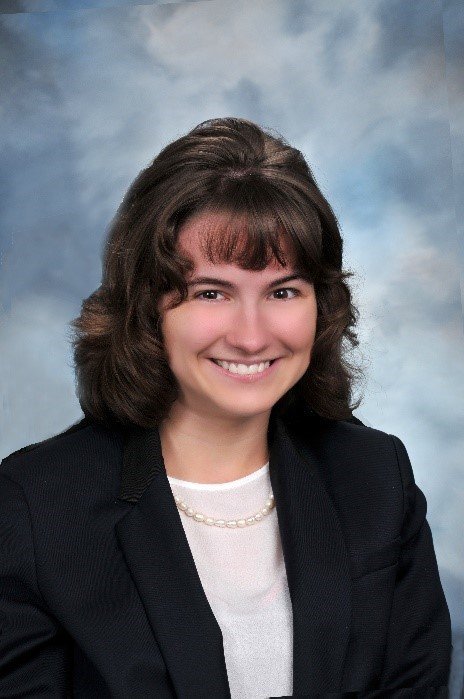
By Margaret Moore, PRC-Saltillo Blogger
In today’s world, so much of society uses video creation for marketing, promotion, and simply entertainment. During my undergraduate and graduate English/creative writing studies at Fairfield University, I learned how an essay, a poem, and all other literary works can take the form of a video. After successfully creating a video essay for a college creative nonfiction course, I was fortunate to have it published in Kairos: a Journal of Rhetoric, Technology, and Pedagogy, the leading journal in writing studies. My piece centers on the ideas that using a wheelchair does not restrict users to indoor activities and instead opens up a world of possibilities for exploring the outdoors and other unique environments. It can be found here.
As the description beneath my video on the website discusses, I used my phone to record my Accent 1000 AAC device reading my voiceover narration. On my phone, I captured and arranged my photos and videos and added background music in a video editor application.
With the newer models of the device, this process has become more streamlined. I personally have a wheelchair mount for my Accent, which can allow me to use the device’s built-in camera as though it were on a tripod. This means that I don’t have to worry about holding a phone up to record videos with my poor fine motor skills. The Windows side of the device comes with photo and video editing software, so I can edit clips and add voiceovers and text without needing to use my phone. This gives me the ability to use access methods—my eyegaze and my joystick—that I don’t have on my phone.
I encourage other AAC users to see what they can create as digital humanities/multimedia works. With the abundant programs that are now accessible and able to be used with AAC devices and their access methods, there is really no limit to the works that can be produced.
Communicators In Action - digital humanities, aac, margaret moore